Back in 2017, I wrote a blog post in honor of Canada Day titled “50 Great Things Canada Contributed to the World.” Since then, I have delved deeper into the histories and cultures of the Indigenous peoples of Canada, including the First Nations, Inuit, and more recently, the Métis. This journey has led me to appreciate their rich heritage and significant contributions to the world.
To further this exploration, I decided to research some of the remarkable inventions and innovations from Indigenous cultures. Below, in celebration of National Indigenous Peoples Day, is my unofficial and unscientific list of Indigenous inventions.
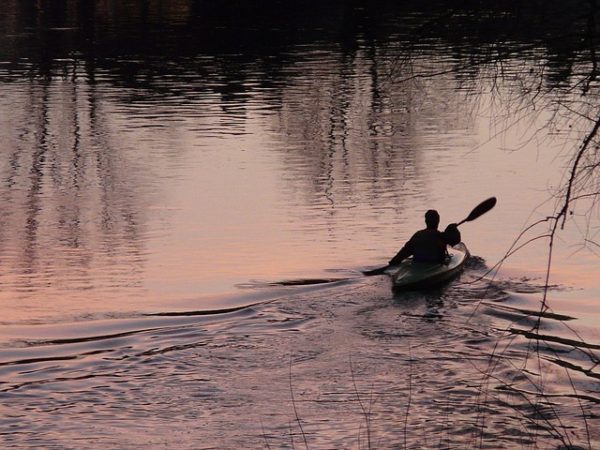
Kayak
(Inuktitut: qajaq, ᖃᔭᖅ / Yup’ik: qayaq / Aleut: Iqyax) The concept of the kayak was first developed by the Inuit, Yup’ik, and Aleut peoples living in the Arctic regions over two thousand years ago. This small, narrow boat featured a sealed cockpit designed for a single paddler, making it less likely to sink if capsized during fishing or hunting. While some kayaks were intended for one person, others included an extra opening for a second paddler or cargo. Initially, kayaks were constructed from whalebone or wooden frames covered with seal skin or other animal hides treated with animal fat to enhance waterproofing.
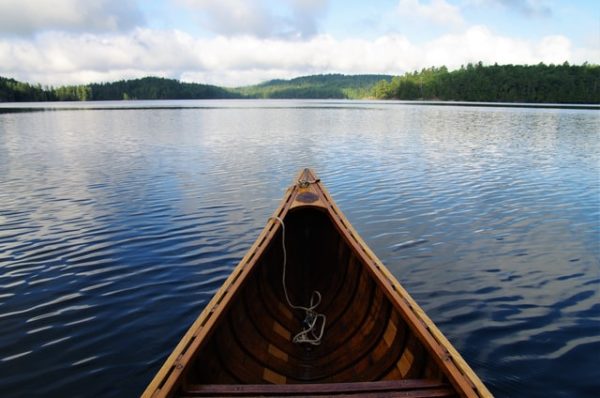
Canoe
The birchbark canoe served as the primary means of water transportation for Indigenous peoples of the Eastern Woodlands. It was later adopted by voyageurs for use in the fur trade due to its lightweight and maneuverability, unlike the heavier vessels utilized by European colonists. Perfectly suited for travel in the summer and transporting goods along the waterways of the Canadian Shield, birchbark canoes remain iconic recreational crafts today, even as their use for trading has diminished.
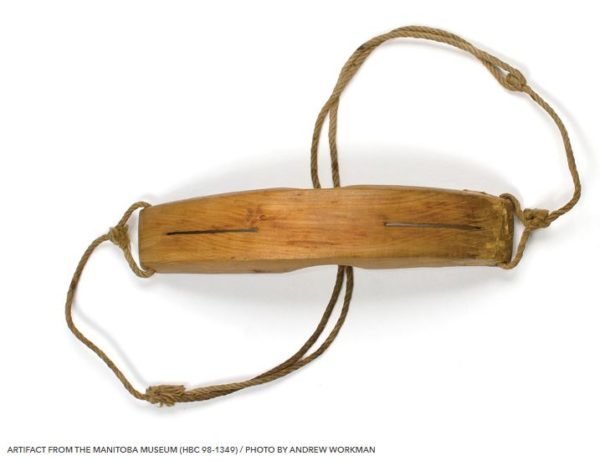
Sunglasses/Snow Goggles and Corrective Eyewear
The Inuit of what is now Arctic Canada and Alaska, including the Yup’ik people, invented sunglasses and snow goggles thousands of years ago to shield their eyes from the harmful glare of sunlight reflecting off the snow. These goggles were crafted from materials such as wood, leather, bone, or antler, with narrow slits cut out for the wearer’s eyes. The design mimicked a natural squint, reducing the ultraviolet rays entering the eye while enhancing vision by focusing light, similar to a pinhole camera. Long before modern glass lenses were invented, the Inuit created their own versions of corrective eyewear.
Snow Shoes
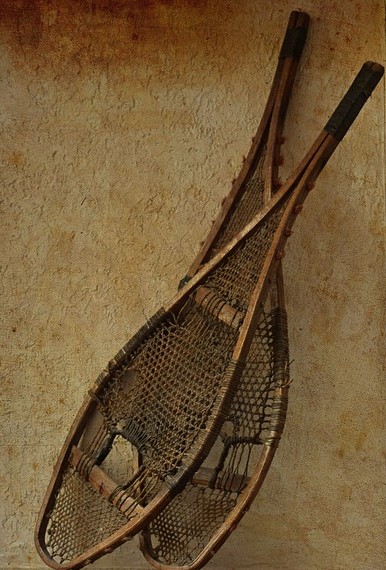
Used extensively by the First Nations, Inuit, and Métis peoples, snowshoes were essential for walking on deep snow during winter. Their origins trace back to Central Asia, gradually migrating into Alaska and Arctic Canada via a land bridge now submerged under the Bering Strait. The First Nations, Inuit, and Métis peoples adapted this basic design into the snowshoes we are familiar with today.
Shoe Spikes/Crampons
The small spikes that are attached to footwear to prevent slipping were invented by the Paleo-Indians and Inuit of North America around 1000 B.C. They used bone or ivory and strips of sealskin sewn to the bottom of leather shoes.
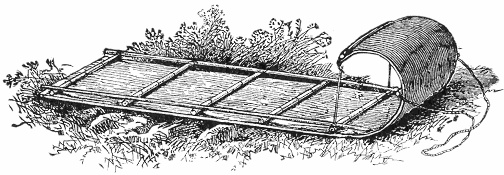
Toboggans
If you’ve ever enjoyed sledding down a snowy hill, you have experienced another Indigenous invention: the toboggan. The name “toboggan” comes from the Mi’kmaq word “tobakun,” meaning sled. The Inuit crafted the earliest toboggans from whale bone, primarily for transporting people and goods across snowy Arctic terrain.

Hockey
This one tends to spark debate! The origins of hockey have been a topic of discussion among sports historians for years. The game, as we now know it, likely evolved from various influences. Many Indigenous tribes across North America played forms of field hockey using curved wooden sticks and either balls or pucks. The first recorded instance of what we refer to as ice hockey dates back to the late 1600s when Europeans observed a game called “ricket” being played by the Mi’kmaq in Nova Scotia. Initially, players used frozen “road apples” as the puck, but eventually, pucks were carved from cherry wood before taking on their modern rubber form.
Syringes
Indigenous peoples in North America developed syringes for injecting medicines by hollowing out and sharpening bird bones and connecting them to small animal bladders.

Pain Relief
Indigenous peoples played a crucial role in the development of modern pain management solutions:
- They discovered that consuming the bark or brewing tea from the American black willow (Salix nigra) offered pain relief and had anti-inflammatory properties. The bark contains salicin, which converts to salicylic acid in the body— the active ingredient in modern aspirin.
- Capsaicin, found in hot peppers, was used in topical lotions for pain relief. If you’ve used a Lakota roll-on pain reliever for arthritis or muscle aches, you’ve experienced an ancient Indigenous remedy that lists capsicum as an ingredient.
- Additionally, the jimson weed (Datura stramonium) was used for healing. Ground roots were made into a topical ointment for cuts and bruises, and the plant was consumed as an anesthetic for more invasive procedures, including setting broken bones.
Suppositories
Indigenous peoples in northeastern North America created suppositories using thin strips of dogwood bark, which were rolled into small tubes and inserted for treating hemorrhoids due to their medicinal properties.

Oral Contraceptives
The Shoshone and Navajo tribes utilized Columbia puccoon (Lithospermum ruderale), commonly known as stoneseed or lemonweed, as an oral contraceptive long before modern birth control pills were created. The roots were also effective in treating respiratory ailments.
Mouthwash
Various tribes in Northeastern North America used the wildflower goldthread (Coptis trifolia) as a mouthwash and treatment for oral pain, including canker sores. The Chippewa (Anishinabe), Mohegan, Potawatomi, and Menominee tribes also applied it to their infants’ gums during teething.
Baby Bottles
The Iroquois crafted baby bottles from dried, greased bear gut, complete with a nipple made from a bird’s quill.
Bunk Beds
To maximize living space, the Iroquois built bunk beds along the sides of their longhouses to accommodate more residents.
References:
The Canadian Encyclopedia
Canada’s History
Smithsonian Magazine
Snowshoe Magazine
Native Hockey
History
Buzz Feed
Forbes
Indian Country Today
New York State Museum



